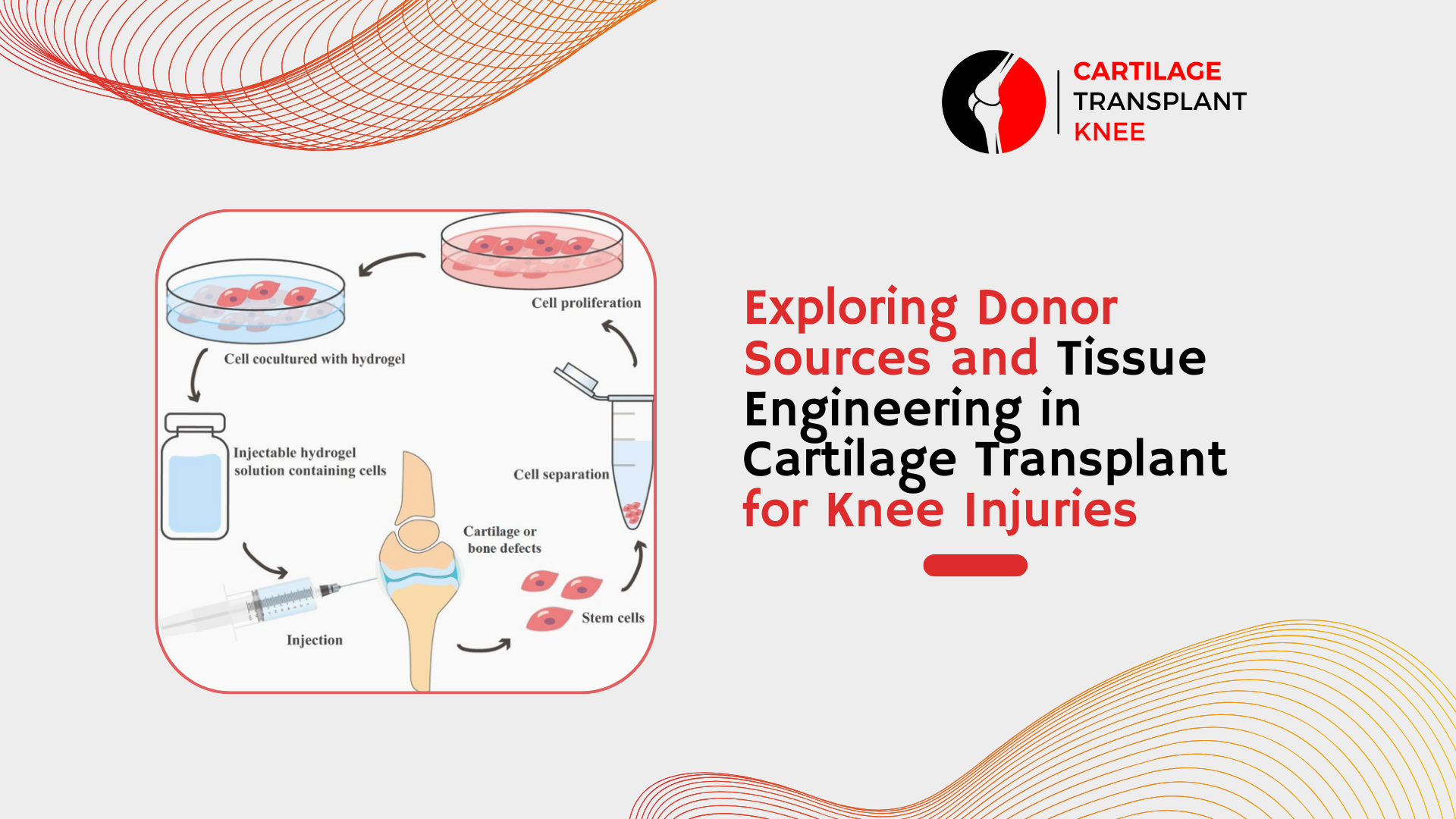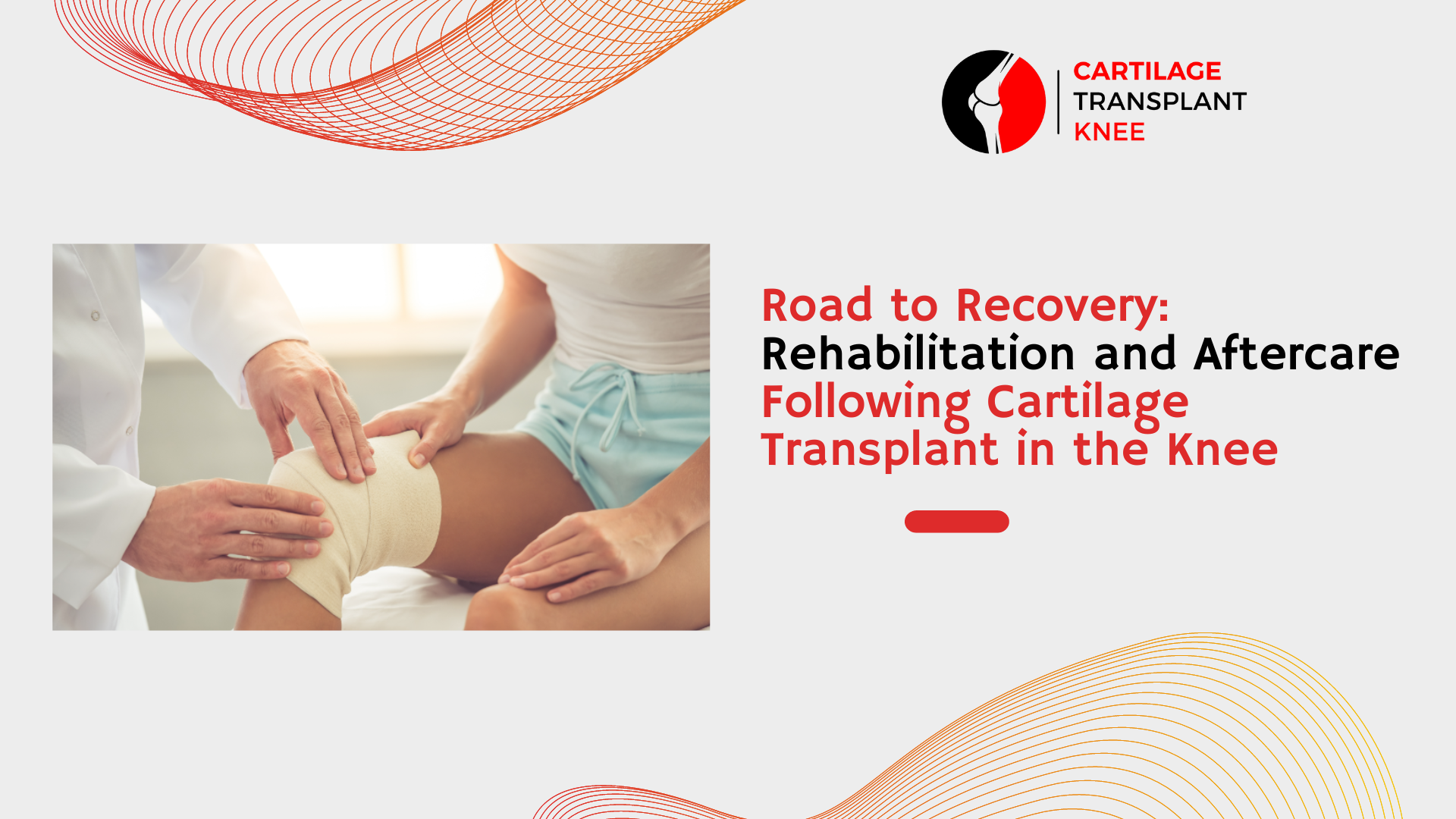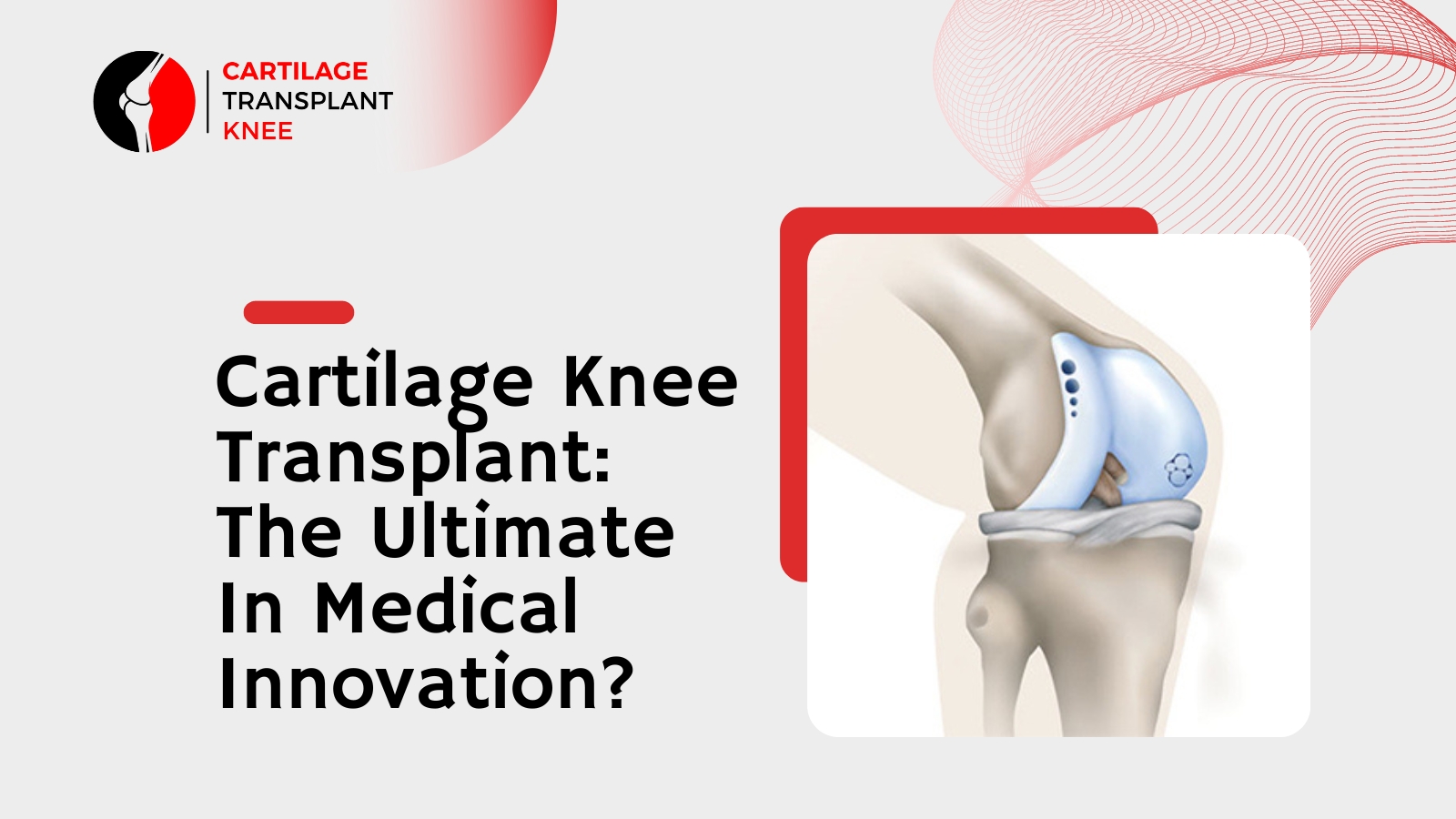Trochleoplasty is a surgical procedure that is performed to correct patellar instability caused by trochlear dysplasia. This procedure involves reshaping the groove in the femur (trochlea) where the patella (kneecap) rests, in order to improve its alignment with the patella.
Trochlear dysplasia is a condition in which the groove in the femur is shallow or malformed, which can cause the patella to slide out of place and dislocate. This can result in pain, swelling, and instability in the knee joint. Trochleoplasty is typically performed when other conservative treatments, such as physical therapy and bracing, have failed to alleviate symptoms.
There are several different techniques that can be used to perform trochleoplasty, depending on the severity of the trochlear dysplasia and the surgeon's preferences. The most common technique involves creating a deeper groove in the femur by removing a small piece of bone and reshaping the remaining bone to create a more concave surface. This technique is known as a "deepening trochleoplasty."
Another technique that may be used is a "tibial tubercle transfer," which involves moving the attachment point of the patellar tendon to a different location on the tibia in order to improve the alignment of the patella. This technique is often used in combination with deepening trochleoplasty.
Trochleoplasty is typically performed under general anesthesia and may require a short hospital stay. Recovery time can vary depending on the extent of the surgery, but most patients are able to return to normal activities within 6-8 weeks.
As with any surgical procedure, there are risks associated with trochleoplasty, including infection, bleeding, and nerve damage. However, in most cases, the benefits of improved patellar stability and reduced pain and instability outweigh the risks.
In conclusion, trochleoplasty is a surgical procedure that can be effective in correcting patellar instability caused by trochlear dysplasia. While it is not always necessary, it can be a good option for patients who have not found relief with other treatments. If you are experiencing knee pain and instability, it is important to consult with an orthopedic specialist to determine the best course of treatment for your individual needs.









